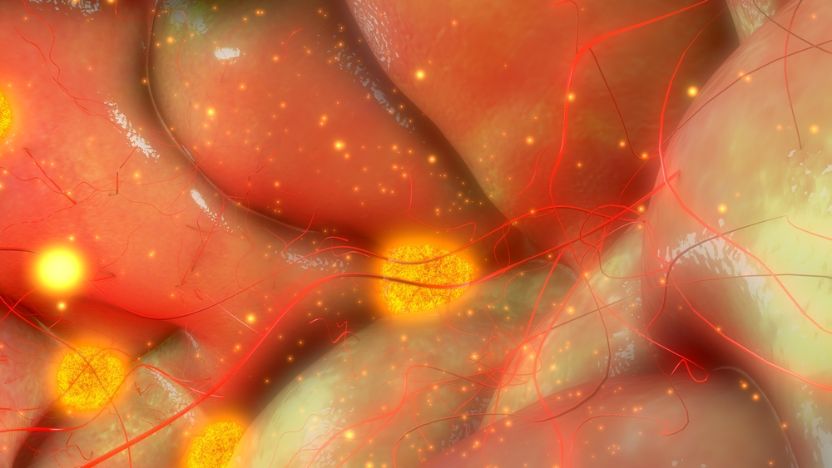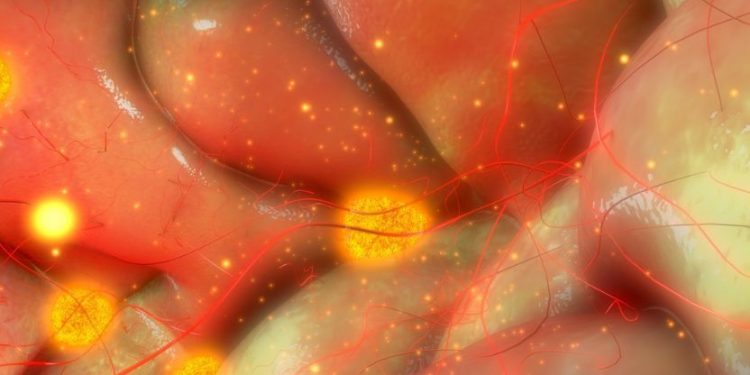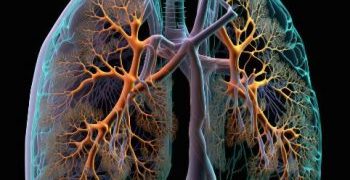Ewing sarcoma is a type of bone cancer. It’s rare, and it usually happens in children and teenagers. It affects the bones of the legs, arms, pelvis and ribs. It may also spread to other parts of the body, especially the lungs. It’s very difficult to cure once it spreads.
The cause of Ewing sarcoma isn’t known. It’s not caused by anything a person does or doesn’t do. Research is happening to find out what causes it.
Doctors use a variety of tests to diagnose Ewing sarcoma. These include blood tests and an X-ray of the area. These tests look for the presence of tumor cells and other abnormalities. A sample of the tumor tissue is also tested to find out if the cancer cells have certain genetic changes. These genetic changes are what cause Ewing sarcoma.
Most people who have Ewing sarcoma are treated at a hospital. Treatment is given by a team of doctors and other specialists. They may use chemotherapy and radiation, or surgery and other treatments.
Chemotherapy is used to shrink the tumor before surgery or other treatments. It may be injected into the bloodstream or given by mouth. It is most often used in combination with other cancer treatments, such as radiation. Surgery is usually done after several weeks or months of chemo have reduced the size of the tumor. If surgery is needed, doctors will remove the tumor and as much of the surrounding tissue as possible. They may also use a bone graft to replace the part of the bone that was removed. They may also use an artificial bone implant if the patient’s bones have been damaged by radiation or other cancer treatments.

After treatment, the patient’s doctor will check the area for signs of recurrence. If cancer cells return, more treatment is needed.
A recurrence of Ewing sarcoma is more likely to happen if the tumor is larger or if it spreads. If the cancer returns, it’s important to start treatment right away. The sooner the cancer is treated, the better the chance of a good outcome.
Many patients who have been treated for Ewing sarcoma are still able to live cancer-free. However, it’s important to continue to have regular follow-up visits with a healthcare provider. This will help prevent or catch any health problems that may occur later. Some survivors develop health effects, called late effects, months or years after their treatment is over. These can be minor or serious, and they can affect how well the treatment works.
Some children and teens with ewing sarcoma have a higher risk of developing late effects than other people who have the same disease. The chances of having late effects depend on many factors, including how the cancer was treated and where it was located in the body. Talk with your child’s healthcare provider about what to expect and how to reduce the risk of late effects. They may suggest that your child participate in a clinical trial of new cancer treatments.









